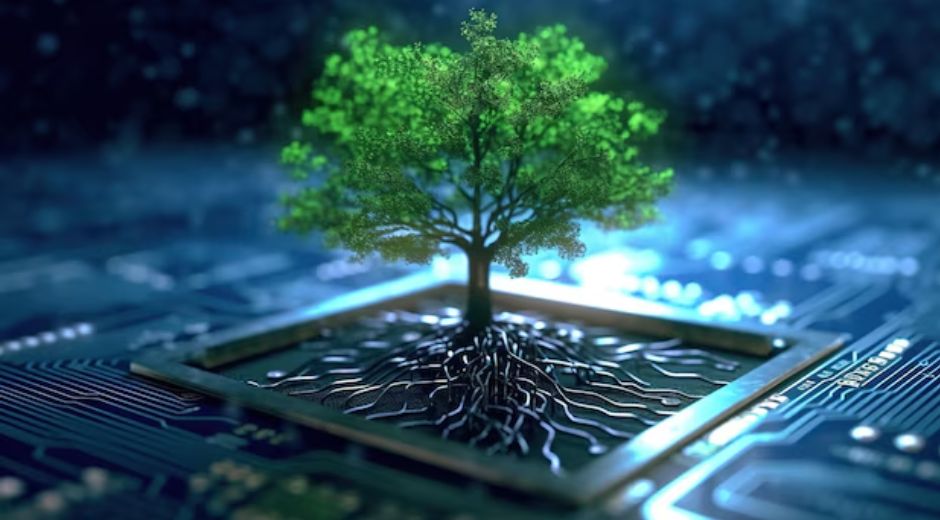Rainforest Canopy: Life Above the Forest Floor
The Rainforest Canopy is one of the most vibrant and least understood zones on Earth. This upper layer of leaves and branches forms a continuous green roof that shelters a complex world of plants animals and microclimates. Scientists now recognize the canopy as a critical engine of biodiversity climate regulation and ecological services. Exploring how the canopy functions why it matters and what we can do to protect it reveals both wonder and urgency for conservation.
What Is the Rainforest Canopy
The Rainforest Canopy refers to the layer of foliage formed by trees where leaves and branches interlock to create a dense cover above the forest floor. In many tropical forests this cover occurs at heights of 20 to 40 meters and in some forests even higher. The canopy captures most of the sunlight allowing plants to photosynthesize and creates a unique habitat that differs sharply from the understory and the soil below. Because of its structure the canopy supports an extraordinary range of life forms which have adapted to living high above ground.
Biodiversity Hotspot
The diversity of species in the canopy is staggering. Many types of plants such as epiphytes orchids and bromeliads live attached to branches where they harvest light and moisture. Mammals such as monkeys sloths and small rodents make their homes in the canopy while reptiles amphibians and a multitude of insects move with ease among the leaves. Birds are especially abundant and play key roles in seed dispersal and pollination. This vertical partitioning of habitat allows a vast number of species to coexist within a relatively small horizontal area.
Microclimate and Ecosystem Services
The Rainforest Canopy regulates microclimate by intercepting rainfall reducing evaporation and moderating temperature swings. It acts as a buffer that stabilizes the environment for the understory and the forest floor. The canopy also plays a central role in the global carbon cycle. Trees in the canopy sequester carbon dioxide through photosynthesis and store it in their biomass. By stabilizing soil and reducing erosion the canopy helps maintain water quality and supports local weather patterns through transpiration and cloud formation.
Unique Adaptations of Canopy Species
Many species in the canopy have evolved striking adaptations to thrive in a world of high light exposure and limited soil. Epiphytic plants develop specialized roots that capture moisture and nutrients from air and debris. Some animals have enhanced locomotion skills such as strong gripping limbs or claws to move safely among branches. Others have camouflage or vivid coloration to warn predators or attract mates. The high degree of specialization found in the canopy makes these species highly sensitive to environmental change.
Human Connections and Cultural Value
For indigenous peoples the Rainforest Canopy has long provided resources medicine and cultural meaning. Traditional knowledge includes understanding canopy plants that yield medicinal compounds and edible fruits and seeds. Furthermore forests and their canopies supply timber non timber products and freshwater that sustain local economies. Preserving canopy integrity supports cultural heritage and livelihoods for millions of people worldwide.
Threats to the Rainforest Canopy
Despite its importance the canopy faces numerous threats. Logging both legal and illegal removes canopy trees and fragments continuous forest cover. Agriculture expansion and conversion to pasture degrade canopy structure and reduce biodiversity. Climate change alters precipitation patterns and increases the frequency of extreme weather events that can damage canopy trees. Invasive species disease and wildfire pose additional risks. Once canopy structure is lost recovery can be slow and incomplete because many canopy specialists cannot survive in altered habitats.
Conservation Strategies
Protecting the Rainforest Canopy requires a multifaceted approach. Establishing protected areas that include large contiguous tracts of forest helps maintain canopy connectivity. Sustainable forestry practices that limit canopy removal and promote selective logging can reduce damage. Community led conservation that integrates local knowledge ensures that protection measures are equitable and effective. Restoration efforts that reintroduce native canopy trees and promote natural regeneration are essential in degraded areas.
Technology also supports canopy conservation. Innovations in remote sensing and drone surveys allow researchers to monitor canopy health and detect illegal activities in real time. Citizen science initiatives can engage local residents and volunteers in data collection and monitoring. For readers who want to explore more resources and articles about the canopy and broader nature topics visit bionaturevista.com for a wide selection of stories and guides.
Scientific Research in the Canopy
Research in the Rainforest Canopy has revealed surprising ecological interactions and evolutionary processes. Long term canopy studies have documented how treefall gaps influence species composition how epiphyte communities depend on humidity and how animal movement shapes seed dispersal networks. Researchers now deploy canopy walkways platforms and cranes to access this vertical world safely and effectively. Data from these studies inform conservation planning and deepen our understanding of how tropical forests function as living systems.
How Individuals Can Help
People can take many actions to support canopy conservation. Choosing sustainable products that carry credible certification reduces pressure on forest habitats. Supporting organizations that protect forests funds on the ground conservation and restoration. Educating oneself and others about the value of the canopy builds public support for policies that safeguard forests. Even small actions such as planting native trees in urban spaces help create habitat corridors that benefit wildlife.
For those looking for tools and services that support environmental projects or research you can explore partners that provide technical solutions and resources such as mapping platforms and data services at Fixolix.com. Such tools can be useful for community groups researchers and organizations working to monitor canopy health and plan restoration.
Future Outlook
The future of the Rainforest Canopy depends on our collective choices. Protecting canopy ecosystems will slow biodiversity loss stabilize climate and sustain essential resources for people around the globe. Success will require international cooperation strong policy frameworks and local stewardship. Emerging technologies and growing public awareness create new opportunities to conserve and restore canopy habitats at scale. With careful planning and sustained effort we can ensure that the canopy continues to flourish for generations to come.
Conclusion
The Rainforest Canopy is a vital living layer that supports an immense range of species provides crucial ecosystem services and connects local communities to global processes. By understanding its value by reducing threats and by investing in protection and restoration we preserve not only the canopy itself but also the many benefits it delivers to the planet and to humanity. Visit our site for ongoing coverage of canopy science conservation success stories and practical steps you can take to make a difference.















